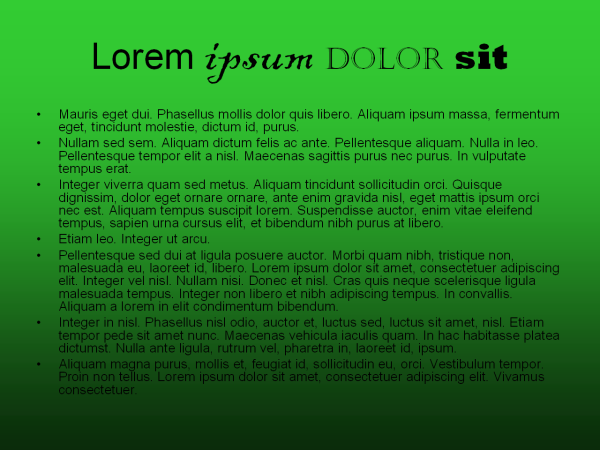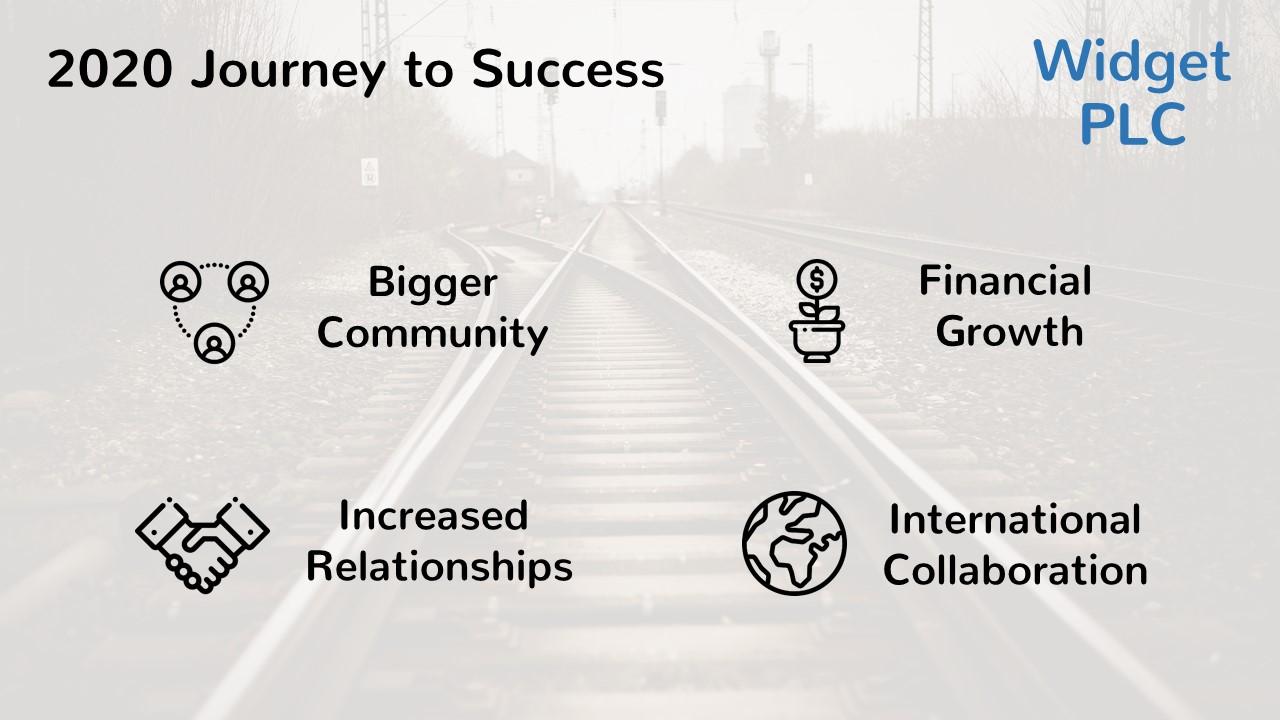Present to Make a Difference
Your time is valuable…well it is to you anyway. You don’t want people to waste your time when you could be getting on with something productive or enjoyable, but how much of your time is actually wasted?
If you waste your own time then that’s your business, but what about other people wasting your time and, specifically, presentations that appear to be pointless?
We’ve all been to presentations and meetings that we’ve walked away from questioning the value and rueing the time spent attending. What does that do to your perception of the person leading and presenting?
In this piece I want to turn that challenge around for you to think about how you prevent people regretting attending a presentation you deliver. You don’t want people to finish a session with you wondering why they bothered turning up so, the question is…
How do you present to make a difference?
This is not a comprehensive guide, rather a few areas to consider and I’d encourage you to explore other resources, including the presentation training session on BNI-U for additional input.
Stage One – Why Present?
So many presentations I’ve attended appear to be ‘updates’ – just sharing information about what has happened. This can be useful to some extent, but simply throwing information out there without considering the audience and, more importantly, what difference that makes, wastes time.
Any presentation should make the audience do something different. Maybe they should be able to make better decisions, stop doing something, share a lesson with colleagues to improve their performance or start a new project.
The attendees shouldn’t leave without a clear ‘thing’ to do differently and that outcome should be tangible.
We’ll come back to this later, but thinking about this in advance is key to delivering a presentation that makes a difference.
Stage Two – Retain Attention
This point is perhaps obvious, but it doesn’t mean people always give it great thought. How are you going to keep the attention of your audience? How are you going to ensure they’re listening and will be able to do that something different you need them to do following your presentation? Here are three areas to consider:
1 - Slides
Slides are a visual aid. They are not your script, they are not play things and they are not there to distract your audience. The point of the slides is to maintain the focus of your audience and help them understand the point you’re communicating.
Slides with too much text, garish colours and conflicting images are all big ‘no no’s’. Have a look at the images below and consider which ones you'd like to see in a presentation you're attending.
 |
 |
 |
2 – A focused message
Don’t ramble on and go off at a tangent. Clear, concise language and short sentences, or a simple story demonstrating a point, is far more powerful than long rambling journeys into the past and detailed explanations of supporting theories.
Get to the point and move on.
3 – Visual, verbal and vocal
Research indicates that only 7% of meaning is communicated through the words you say. 38% of the meaning is delivered through your tone of voice and 55% through your body language. This doesn’t mean you shouldn’t consider which words you use but don’t forget to use your voice to express meaning and to keep your audience engaged. Similarly use confident and open body language to instil confidence and to draw attention to key elements of your presentation.
You can spend weeks studying these points, but briefly think about how people talk to animals. The words almost don’t matter at all - you could say the words ‘I love you’ to a dog in an aggressive manner and it will cower and retreat to a corner. Flip that and say ‘bad boy’ in a gentle and loving fashion and the dog will leap up, wagging its tail and lick you!
Try different approaches and see what works for you. Most importantly, be aware of your audience as you present and ensure you are using these techniques (amongst others) to retain attention.
Stage Three – Give and Ask
This final stage loops back to the point of presenting. If your audience doesn’t do something different as a result, why have they bothered turning up? With that in mind try and do two things every time you present:
1 – Give something – a prize, an invitation to connect or a link to an article for example
2 – Ask for something – a specific change in behaviour, cascading of a task to their teams or for them to send you a report
If your audience does something usefully different after your presentation then you can be confident that there was value, you didn’t waste their time and they are more likely to turn up next time you’re on stage!
Newsletter
Subscribe to our newsletter for exclusive tips on networking, public speaking and business.


